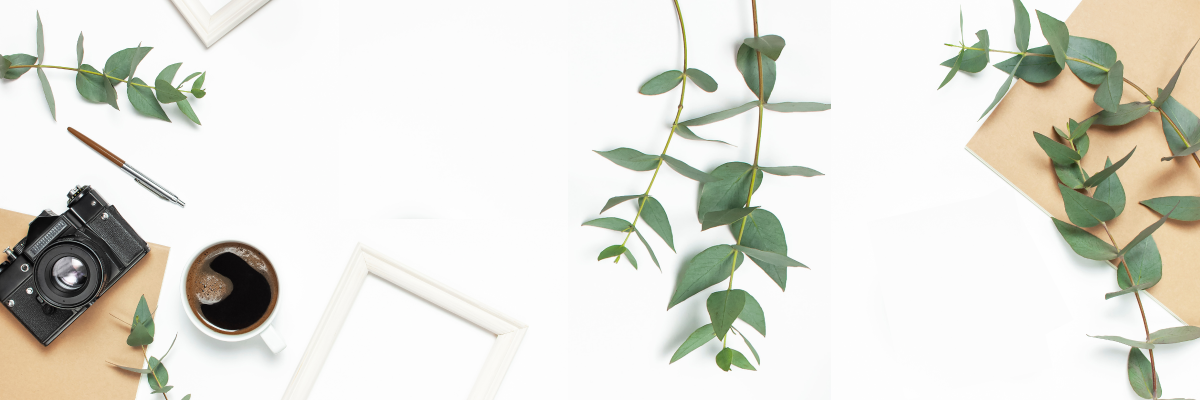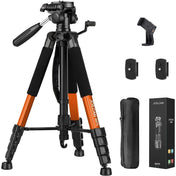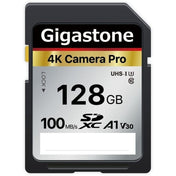Photography, an art form beloved by many, is a skill that requires a deep understanding of various technical aspects to truly excel. Among the fundamental concepts that every photographer must grasp are ISO, Aperture, and Shutter Speed. These three elements form the pillar of photography, allowing photographers to capture stunning images that tell stories, evoke emotions, and freeze moments in time.
The Basics: What is ISO?
ISO is essentially the sensitivity of your camera sensor to light. A lower ISO setting, such as ISO 100, is ideal for shooting in bright conditions, while a higher ISO like 1600 is better suited for low-light environments. However, keep in mind that higher ISO settings can introduce noise or grain in your images.
Understanding Aperture
Aperture refers to the opening in the lens through which light enters the camera. It is measured in f-stops, with smaller f-stop numbers (e.g., f/2.8) indicating a larger aperture and vice versa. A wider aperture lets in more light, creating a shallower depth of field and beautiful background blur.
Decoding Shutter Speed
Shutter speed determines how long the camera sensor is exposed to light. A fast shutter speed like 1/1000s is great for freezing fast-moving subjects, while a slower speed such as 1/30s can capture motion blur, perfect for conveying a sense of movement in your photos.
Creating the Perfect Exposure
Mastering ISO, Aperture, and Shutter Speed allows you to achieve the perfect exposure for your photographs. Balancing these three elements is crucial in getting well-exposed images with the right amount of light, sharpness, and desired effects.
Choosing the Right Settings
When setting up your camera, consider the lighting conditions, the desired depth of field, and the motion in your scene. Experiment with different combinations of ISO, Aperture, and Shutter Speed to see how they impact your photos and find the perfect balance.
Low Light Photography
When shooting in low-light situations, you may need to increase your ISO to capture enough light. Be mindful of the trade-off between higher ISO and image quality, as too high a setting can result in noisy photos.
Creative Effects with Aperture
Playing with the aperture settings can yield creative effects in your photos. A wider aperture (smaller f-stop number) can isolate your subject from the background, while a narrower aperture (larger f-stop number) can keep more of the scene in focus.
Freezing or Blurring Motion
Depending on the subject you are capturing, you may want to freeze the action with a fast shutter speed or convey a sense of movement with a slower speed. Experimentation is key to understanding how different shutter speeds affect the final result.
Mastering Manual Mode
While automatic modes can be convenient, mastering manual mode gives you full control over your camera settings. Take the time to practice adjusting ISO, Aperture, and Shutter Speed on your own, and watch as your photography skills grow.
Perfecting Exposure Triangle
The relationship between ISO, Aperture, and Shutter Speed is often referred to as the exposure triangle. Understanding how these three elements interact with each other is essential in achieving well-exposed photos with the desired artistic effects.
The Art of Photography
Photography is not just about capturing moments; it's about creating art. By mastering ISO, Aperture, and Shutter Speed, you unlock the potential to tell powerful stories, evoke emotions, and bring your creative vision to life through your photography.
Unleash Your Creativity
Now that you have a deeper understanding of ISO, Aperture, and Shutter Speed, it's time to take your photography to the next level. Experiment, practice, and explore the endless possibilities that these fundamental elements offer. Embrace the art of photography and let your creativity soar!











